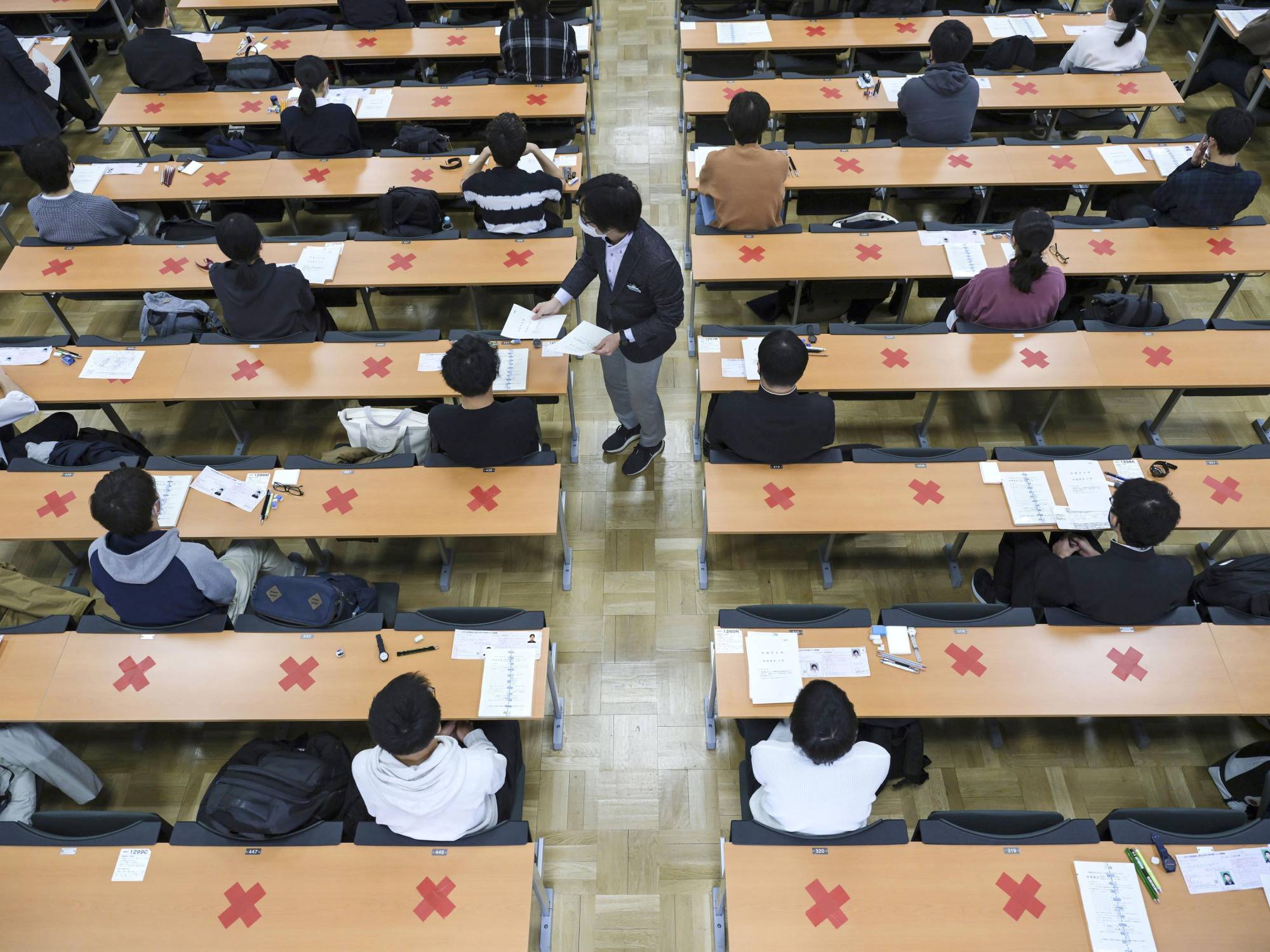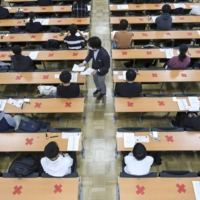Japan had the lowest share of women studying science among 36 comparable OECD member countries in 2019, the organization's latest annual report has shown.
OECD pointed out Japan's significant gender gap in the areas collectively termed STEM — science, technology, engineering and mathematics — and said the country needs to inspire women to pursue these studies.
Among STEM fields, the proportion of women entering natural sciences, mathematics and statistics at the tertiary education level in Japan was at 27%, far below the OECD average of 52%, according to their Education at a Glance 2021 report.
The report, released in mid-September, examined the ratio of women enrolled in tertiary education in 2019, with Japan reporting its ratio for fiscal 2018, which ended in March 2019.
Slovakia had the highest share at 65%, followed by Poland at 63%. The Czech Republic and Lithuania were both at 60%.
Japan lagged behind the second-lowest Belgium, where the rate was at 40%.
In engineering, manufacturing and construction, the ratio of women was only 16% in Japan, while the OECD average was 26%. The highest rate was 39% in Iceland, followed by Poland at 36% and Greece at 33%.
Japan also ranked at the bottom among 37 comparable OECD countries in terms of how much of national wealth was spent on educational institutions in 2018.
Public spending devoted to primary to tertiary educational institutions was 2.8% of gross domestic products in Japan and Ireland, while the OECD average was 4.1%.
Norway committed the most, at 6.4%. Costa Rica and Iceland were close behind, spending 6.2% and 5.5%, respectively. Among other countries, France spent 4.5%, the United States dedicated 4.1% and the United Kingdom invested 3.9%.
Between 2012 and 2018, public and total expenditure on primary to tertiary education increased on average at a lower rate than GDP across OECD countries, with the exceptions being Chile, Hungary and Iceland.




